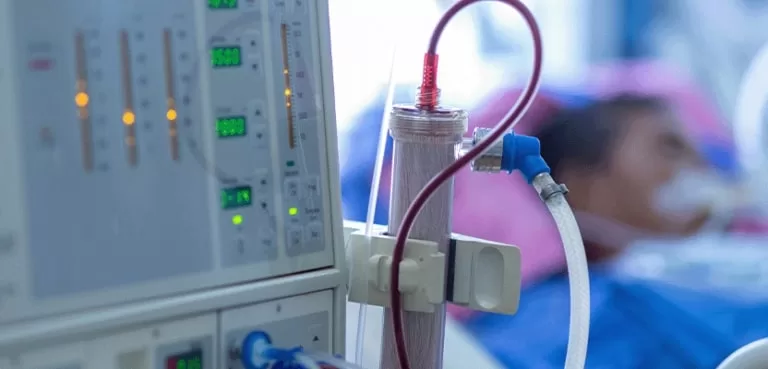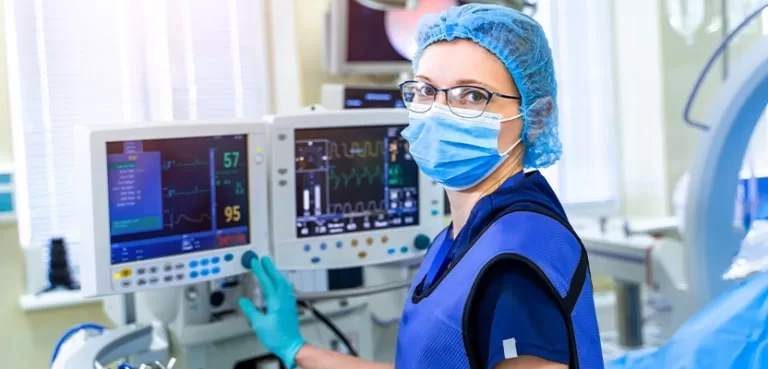+90 533 813 89 77
info@bookingforhealth.com
Holiday Dialysis
Holiday dialysis is a type of treatment for individuals with chronic kidney disease who need regular dialysis. It allows them to continue their treatment while on vacation or traveling.
Chronic kidney disease (CKD) affects millions of people worldwide, and for those who require regular machine, it can be difficult to plan a vacation or travel. However, with the availability of holiday dialysis, patients with CKD can continue their treatment while enjoying a break from their daily routine.

Benefits of Holiday Dialysis
It is very important that patients who have kidney failure and have to continue their lives on dialysis can continue to receive this service when they go on vacation. Listed below are some of its benefits.
- Continuity of Care: Holiday dialysis allows patients with chronic kidney disease (CKD) to keep going their regular treatment while on vacation, ensuring their health and well-being. This continuity of care is particularly important for people with advanced stages of CKD, as it helps to maintain their kidney function and prevent complications.
- Improved Quality of Life: Many patients with CKD feel restricted in their daily lives due to their treatment schedule. Holiday dialysis allows them to take a break from their daily routine and enjoy new experiences, which can improve their overall quality of life. It also lets them to spend quality time with their loved ones and create memories that they can cherish for a lifetime.
- Stress and Anxiety Reduction: Planning a vacation while receiving treatment can be stressful and anxiety-inducing for patients with CKD. Holiday dialysis eliminates this stress by making it possible for people to receive their regular cure while on vacation. This can help patients to relax and enjoy their time away without worrying about their normal schedule.
- Increased Access to Dialysis: It is typically offered at dialysis centers in popular tourist destinations, which increases access to treatment for individuals with CKD. This can be particularly beneficial for patients who live in rural areas or areas with limited dialysis options.
- Cost-effective: Holidays dialysis can be cost-effective as it eliminates the need for patients to return home for their treatment, which can be expensive. Additionally, many holiday dialysis centers offer packages that include accommodation and transportation, which can further reduce fees.
- Flexibility: Holiday dialysis can be tailored to the patient’s needs, which means that the patient can choose the time and frequency of their treatment. This can be particularly beneficial for patients who have a busy schedule or who have specific needs.

Types of Dialysis
There are two main types of kidney dialysis: hemodialysis and peritoneal dialysis.
- Hemodialysis is the most common type of dialysis and it is typically done in a dialysis center or hospital. It uses a machine to filter the blood, removing waste and excess fluid.
The patient’s blood is pumped out of the body and into the machine, where it is filtered through a semipermeable membrane. The cleaned blood is then returned to the patient’s body through an IV. Hemodialysis typically takes about 3-4 hours and is done 3 times a week.
- Peritoneal dialysis is done at home and uses the patient’s own peritoneum (the lining of the abdomen) as the filter. A catheter is inserted into the abdomen, and a solution called dialysis fluid is run into the abdomen.
The fluid absorbs waste and excess fluid, which is then drained from the abdomen and discarded. The process can be done manually or with a machine called a cycler. Peritoneal dialysis can be done continuously or a few times a day, depending on the patient’s needs.
Principle of Kidney Dialysis
The principle of kidney dialysis is based on the process of diffusion, which is the movement of molecules from an area of higher concentration to an area of lower concentration. In the case of this machine, the process is used to remove waste and excess fluid from the blood.
During hemodialysis, the patient’s blood is pumped out of the body and into a machine, where it is filtered through a semipermeable membrane.
The membrane acts as a barrier, allowing small molecules such as waste and excess fluid to pass through while larger molecules such as red blood cells and plasma proteins remain in the blood. The cleaned blood is then returned to the patient’s body through an IV.